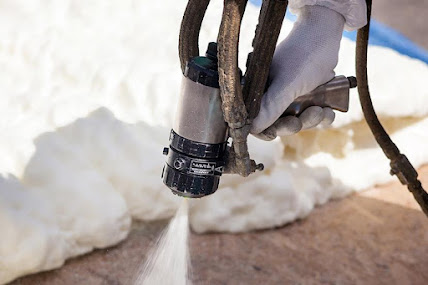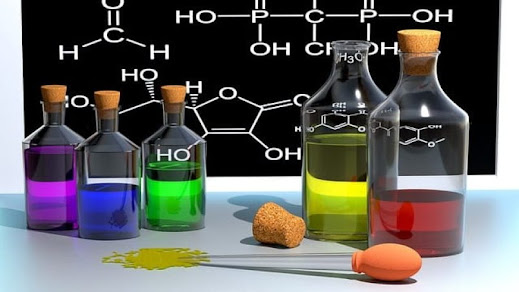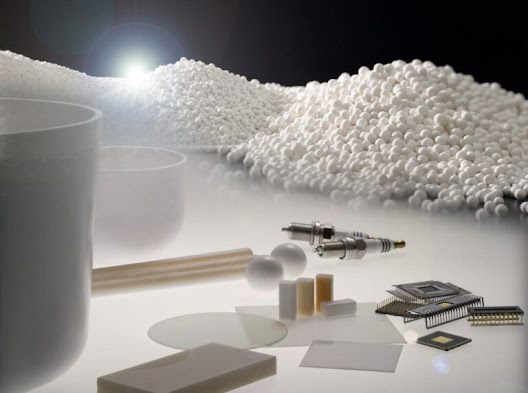Paints & Coatings: Exploring Innovations and Sustainable Solutions for the Future

Paints and coatings play a pivotal role in transforming the appearance and safeguarding the longevity of various surfaces, from buildings and automobiles to furniture and industrial equipment. These essential materials are widely used in both residential and commercial applications, offering a vast array of colors, finishes, and functionalities. Let's delve into the world of paints and coatings, exploring their composition, types, applications, and environmental impact. Composition and Types: Paints and coatings are complex mixtures of different components designed to provide specific characteristics. The basic components of most paints include pigments, binders, solvents, and additives. Pigments are finely ground solid particles that give paint its color and opacity, while binders, commonly referred to as resins, hold the pigment particles together and adhere them to the surface. Solvents are responsible for keeping the paint in a liquid state until it is applied, and they evap





